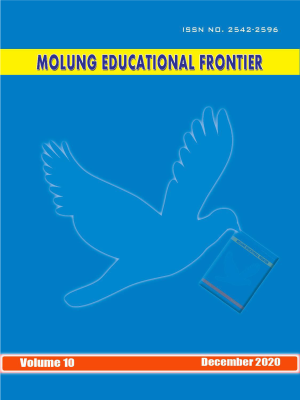An Impact of New Technologies on Cropping Pattern in the Eastern Hills of Nepal
DOI:
https://doi.org/10.3126/mef.v10i0.34086Keywords:
adoption, commercial production of vegetables high yielding variety of seeds, plant protection measures, seed treatment, seed germination testAbstract
This abstract starts with the purpose of the study of the impact of using new technologies on cropping pattern particularly in the case of the Eastern hills. It also examines the role of governmental organizations and non-governmental organizations to improve agricultural systems of this area. Relevant data have been obtained from both primary and secondary sources. It draws on the data collected from interview, focus group discussion, key informant survey, and field observation. For this, 30 percent sample households were selected from three altitude belts such as upper, middle and lower, ranging from 300 to 2,250 masl along the Koshi-highway. It has a wide range of climates, ranging from sub-tropical to alpine with monsoon precipitation in the summer for three and half months, and therefore it has diversity in flora and fauna and people. Similarly, secondary data have been collected from various books, journals and official records.
This paper has showed that the crucial impact of acceptance of innovative methods in agriculture in the study area is a joint effort of local people, government, and non-government agencies too. The government with the development agencies and non-government organizations has contributed to impart knowledge of the agriculture innovative methods to the local farmers. At the same time, the farmers were enthusiastic to learn and adopt those methods. Consequently, one can easily see the remarkable changes in cropping pattern due to the impact of such innovations. The cereal crops based on agricultural system is gradually moving towards high value off-season crops farming.
Downloads
Downloads
Published
How to Cite
Issue
Section
License
© Molung Foundation




